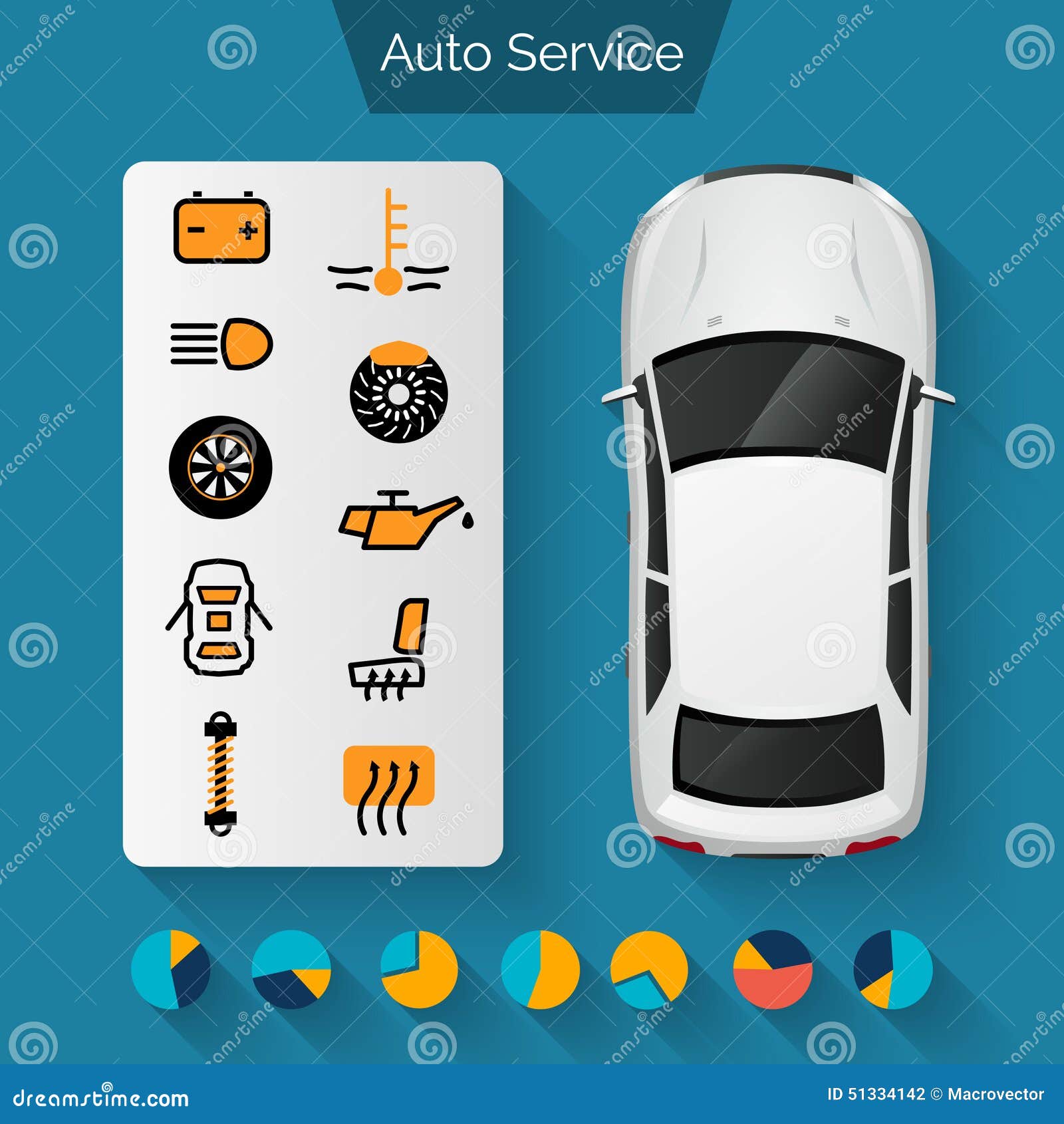Deciphering The True Definition Behind Your Automobile'S Warning Lighting
Deciphering The True Definition Behind Your Automobile'S Warning Lighting
Blog Article
Material Writer-Kane Crawford
When you're behind the wheel, those radiant warning lights on your dashboard can be a little bit puzzling. Do you know what they're trying to inform you concerning your vehicle's health? Understanding the value of these lights is crucial for your security and the longevity of your car. So, the following time among those lights pops up, wouldn't you intend to decode its message accurately and take the essential steps to address it?
Common Caution Lights and Interpretations
Recognize common warning lights in your cars and truck and comprehend their definitions to ensure safe driving.
One of the most regular caution lights consist of the check engine light, which signifies concerns with the engine or exhausts system. If this light begins, it's critical to have your automobile examined promptly.
The oil pressure advising light indicates reduced oil stress, calling for immediate interest to stop engine damages.
A flashing battery light may recommend a defective billing system, possibly leaving you stranded if not resolved.
The tire stress tracking system (TPMS) light informs you to low tire pressure, influencing vehicle stability and fuel effectiveness. Overlooking https://www.consumerreports.org/car-maintenance/car-care-tips-myths-and-reality/ might result in risky driving conditions.
The abdominal light shows an issue with the anti-lock stopping system, compromising your ability to quit rapidly in emergency situations.
https://drive.google.com/drive/folders/1rcK7bfZkh5pF0FESO5BEKDLUIKbS7A-s?usp=drive_link but not least, the coolant temperature level advising light warns of engine overheating, which can lead to severe damages if not resolved quickly.
Comprehending these usual caution lights will certainly help you deal with concerns without delay and preserve secure driving problems.
Importance of Prompt Interest
Comprehending the usual caution lights in your vehicle is just the initial step; the value of without delay dealing with these warnings can't be emphasized sufficient to guarantee your security when traveling.
When a caution light brightens on your control panel, it's your car's way of communicating a prospective problem that requires focus. Overlooking these warnings can bring about much more severe troubles later on, endangering your safety and potentially costing you a lot more out of commission.
Prompt interest to cautioning lights can stop malfunctions and mishaps. For instance, a flashing check engine light could suggest a misfire that, if left unattended, can cause damages to the catalytic converter. Resolving this without delay can save you from a pricey fixing.
Similarly, a brake system advising light could indicate reduced brake fluid or used brake pads, important elements for your safety when driving.
DIY Troubleshooting Tips
If you see a warning light on your control panel, there are a couple of DIY fixing suggestions you can attempt before seeking expert assistance.
The first step is to consult your cars and truck's handbook to understand what the specific warning light shows. Occasionally the issue can be as easy as a loose gas cap causing the check engine light. Tightening the gas cap may settle the problem.
Another typical concern is a reduced battery, which can set off different cautioning lights. Checking the battery links for rust and ensuring they're protected could fix the issue.
If a caution light persists, you can try resetting it by separating the car's battery for a few mins and after that reconnecting it. In Read More Listed here , inspecting your vehicle's liquid levels, such as oil, coolant, and brake liquid, can aid troubleshoot alerting lights related to these systems.
Conclusion
To conclude, understanding your vehicle's caution lights is vital for keeping your automobile running smoothly and securely. By without delay attending to these signals and recognizing what they indicate, you can stay clear of expensive fixings and prospective malfunctions.
Keep in mind to consult your cars and truck's manual for specific details on each alerting light and take action appropriately to guarantee a trouble-free driving experience.
Stay informed, remain risk-free when traveling!
